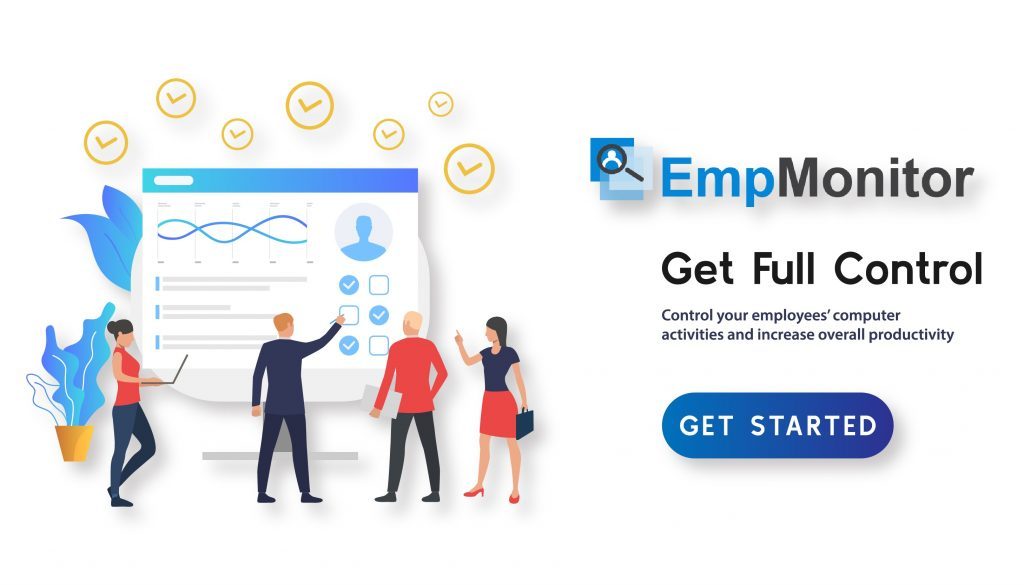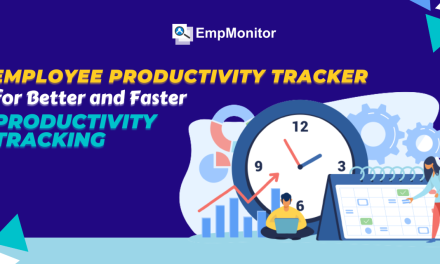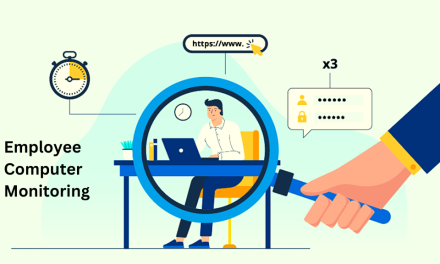In today’s ever-changing business landscape, employee engagement has become a top priority for organizations looking to improve productivity, retention rates, and overall success. As we head into 2023, the need for effective employee engagement solutions becomes more pressing as companies strive to create positive work environments that attract and retain top talent.
Employee engagement encompasses different strategies and tactics designed to create a work environment where employees feel valued, motivated, and empowered to achieve their full potential. From recognition and rewards programs to career development opportunities and flexible work arrangements, these solutions can take different forms depending on the needs and goals of each organization.
In this HR leader’s guide, we will explore the latest trends and developments in employee engagement solutions for 2023. Also, examine the current state of employee engagement in the workplace, discuss the role of HR leaders in driving employee engagement, and share some common challenges for implementing effective engagement solutions.
Strategies for Increasing Employee Engagement in 2023:
In 2023, increasing employee engagement has become more critical than ever before. With the pandemic’s impact, remote work arrangements, and the ever-changing nature of work, organizations need to be proactive in engaging their employees to keep them motivated and productive. Here are some strategies to consider for increasing employee engagement solution providers in 2023:
Foster a Positive Work Culture; Creating a positive work culture is essential for employee engagement. When employees feel valued, appreciated, and supported, they are more likely to be engaged. Encourage open communication, recognize and reward achievements, and foster collaboration and teamwork.
Provide Professional Development Opportunities; Offering opportunities for employees to learn and grow professionally is a great way to increase engagement. Consider providing training and development programs, mentoring and coaching, and cross-functional project assignments.
Embrace Flexibility; In 2023, flexibility will remain a critical aspect of employee engagement. With remote work arrangements, employees need more flexibility in their work schedules, locations, and responsibilities. Encourage employee engagement solutions for flexible working hours, allow remote work, and provide work-life balance.
Encourage Employee Feedback; Employees want to feel heard and have their opinions valued. Encourage feedback through surveys, suggestion boxes, or regular meetings. Act on feedback to show that employees’ voices got heard and their opinions matter.
Focus on Well-being; Boost employee wellbeing strategy for engagement. Ensure employees have access to resources such as mental health support, wellness programs, and health insurance. Encourage healthy habits and work-life balance to reduce burnout and improve employee engagement.
Recognize Achievements; Recognition is a powerful tool for increasing employee engagement solutions. Celebrate employees’ achievements and milestones, and recognize their contributions to the organization. Consider implementing a recognition program that rewards employees for their efforts.
Provide Opportunities for Socialization; Remote work arrangements can make it challenging for employees to build social connections. Providing opportunities for socialization can help employees feel more connected to their colleagues and the organization. Consider utilizing employee engagement software solutions to engage with your team.
One of the employee engagement solutions like EmpMonitor offers a range of features to help businesses monitor employee productivity and prevent data theft. Its key features include real-time monitoring of employee activities, website and app tracking, keystroke logging, email and chat monitoring, screen capture, and productivity analysis.
EmpMonitor also provides detailed reports and analytics, enabling businesses to identify areas of improvement and optimize their workforce. Its intuitive interface and easy setup make it an ideal solution for businesses of all sizes looking to improve employee productivity and security.
Common Barriers and Solutions to Employee Engagement:
Employee engagement solutions are critical for the success of any organization, but implementing solutions can be challenging. Organizations often face several common challenges when trying to implement employee engagement solutions.
One of the main challenges in implementing solutions is resistance to change. Employees may resist new solutions, especially if they feel they were not consulted or involved in their decision-making process. To overcome this challenge, organizations communicate the benefits and the solution to employees and involve them in the implementation process.
Another challenge is the lack of resources. Comparative employee engagement solutions require financial, technological, and human resources to implement effectively in the workplace. Organizations need to allocate the necessary resources to ensure the solutions.
Measuring employee engagement is also a significant challenge. Also, difficult to measure the impact of engagement solutions, and organizations may struggle to determine which solution is effective. Therefore, it is essential to establish clear metrics to measure the impact of the solutions.
Furthermore, employee engagement solutions may not set with the organization’s culture, goals, or values. So it is crucial to ensure that the solution aligns with the organization’s culture, goals, and values to achieve its objectives.
Finally, sustaining employee engagement can be challenging. Organizations should continuously monitor and adjust the solution to ensure its effectiveness and long-term success.
New Trends and Developments in Employee Engagement Solution Companies:
Employee engagement continuously evolves with new trends and developments emerging as organizations strive to keep their employees motivated and productive. Here are some of the latest trends and developments in employee engagement solutions:
Employee Wellness; Employee wellness has become an essential aspect of employee engagement. Organizations are now focusing on providing resources for their employees’ physical and mental well-being. This includes offering wellness programs, access to mental health support, and resources for work-life balance.
Flexible Work Arrangements; Flexible work arrangements have become the norm in many organizations, especially with the impact of the pandemic. Organizations are providing more options for remote work, flexible hours, and job-sharing to accommodate their employees’ needs.
Continuous Feedback; Annual performance reviews are no longer enough solutions for employee engagement. Organizations are providing feedback to their employees through regular check-ins and goal-setting. This performance review allows employees to receive feedback on their performance throughout the year and make necessary adjustments to their work.
Purpose-Driven Work; Employees want to feel like their work has a purpose and contributes to something meaningful. Organizations can provide opportunities for employees to engage in purpose-driven work and align their work with their values.
Employee Recognition; Employee recognition has become an essential aspect of employee engagement solutions. Organizations are now providing more opportunities for recognition through rewards, bonuses, and public recognition for achievements and contributions.
Technology; Technology has enabled organizations to engage their employees in new and innovative ways. From online training and development programs to virtual team-building activities, technology is transforming organizations to engage their employees.
The Role of HR Leaders in Driving Employee Engagement:
HR leaders play a critical role in driving employee engagement within their organizations. As the primary drivers of the company’s human resources function, they are responsible for creating and implementing policies and programs that promote a positive work environment where employees feel valued, motivated, and empowered.
One of the key responsibilities of HR leaders is to establish a culture of engagement throughout the organization. It involves setting the tone at the top and ensuring that all leaders within the company are committed to creating an environment that fosters engagement. HR leaders can do this by developing a clear and compelling vision for employee engagement solutions, communicating this vision effectively to all stakeholders, and ensuring that all policies and practices are with this vision.
In addition to creating a culture of engagement, HR leaders must ensure that their organization provides the resources and support employees need to be successful. It includes developing and implementing career development programs, providing opportunities for learning and growth, and offering flexible work arrangements that support work-life balance.
Finally, HR leaders must measure and track employee engagement retention levels within their organizations and use this data to improve engagement strategies. By regularly soliciting feedback from employees and using this feedback to inform policy and program development, HR leaders can ensure that their engagement strategies are effective with the needs of their workforce.
Read Blog:
INCLUSIVE GROWTH: ROLE OF EMPLOYEE ENGAGEMENT AND PRODUCTIVITY
MEASURING EMPLOYEE ENGAGEMENT: WHY IT MATTERS AND HOW TO DO IT RIGHT
8 VITAL ELEMENTS TO BOOST YOUR COMPANY’S EMPLOYEE ENGAGEMENT AND RETENTION
Conclusion:
As organizations continue to adapt to changing workforce demographics and evolving technologies, it is more important to prioritize employee engagement. By investing in employee engagement solutions that support and empower employees, organizations can drive productivity, retain top talent, and achieve sustainable success in the years to come. Remember, engaged employees, are more likely to be satisfied with their work, stay with the organization for longer, and contribute to its success.














